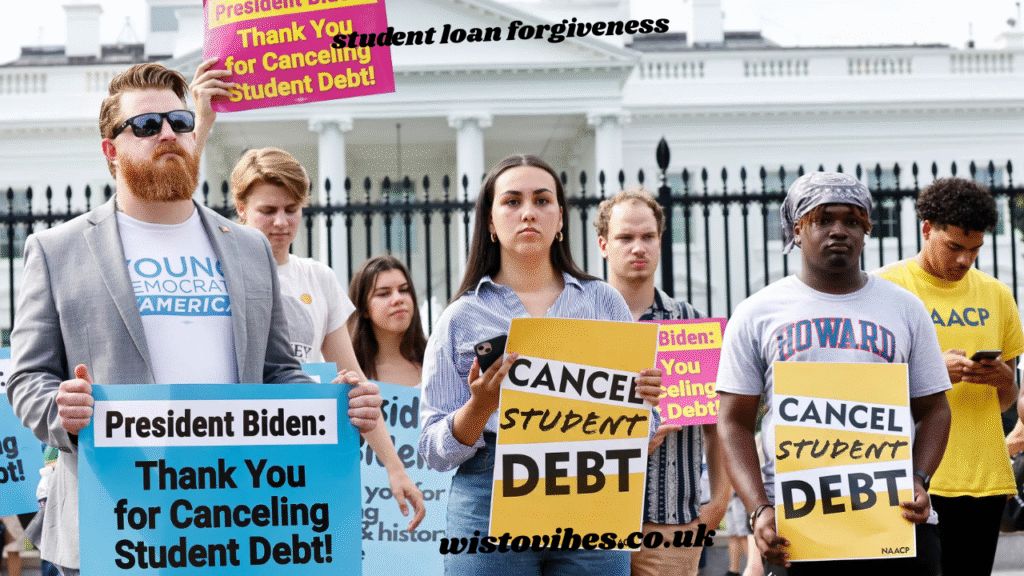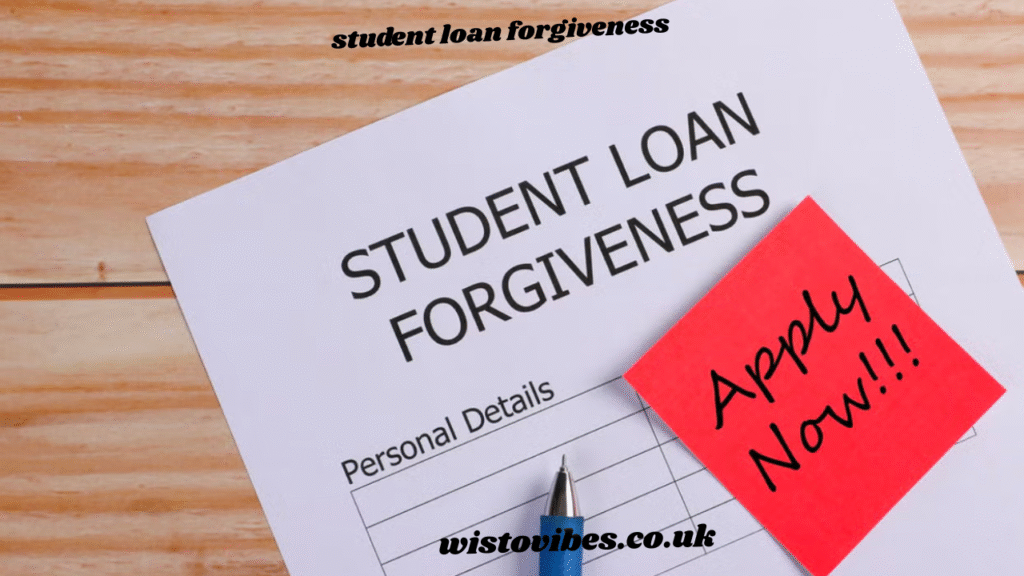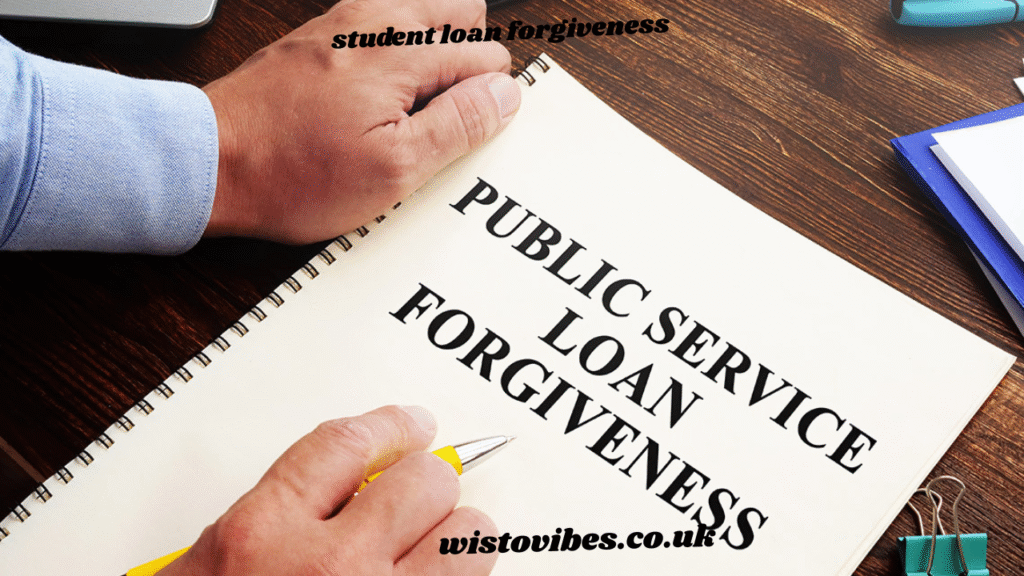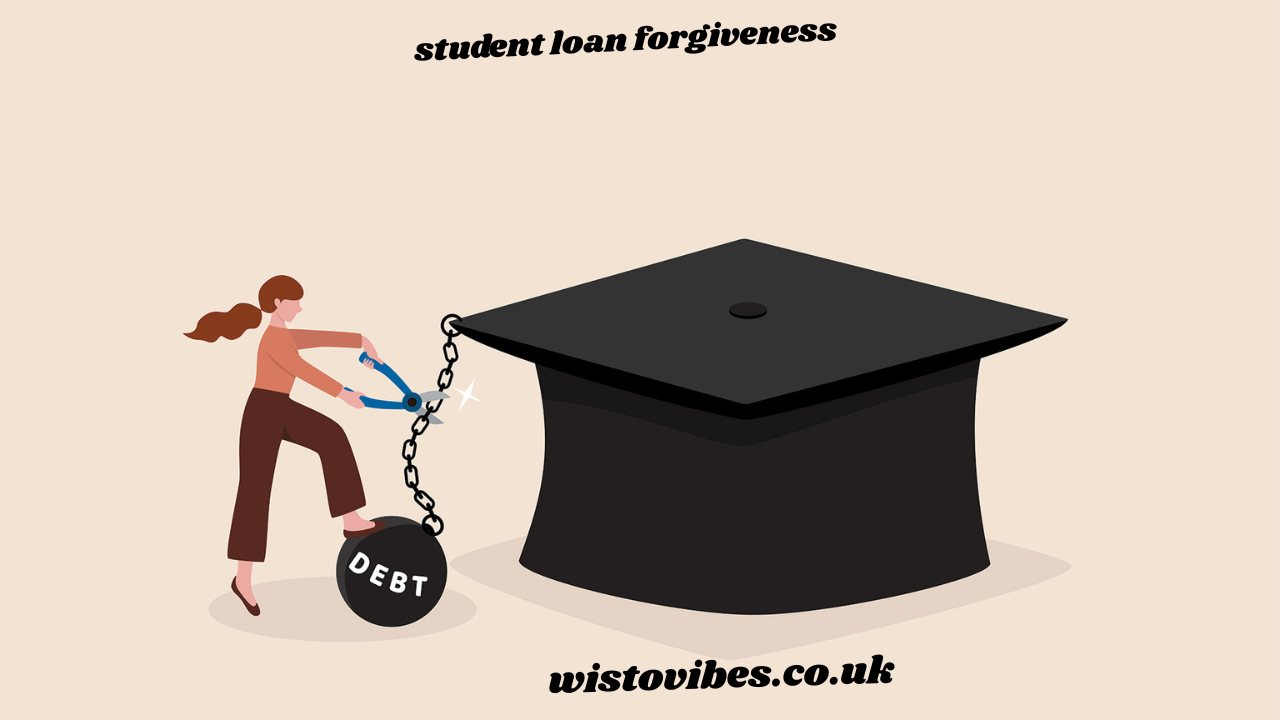Introduction: The Growing Importance of Student Loan Forgiveness
Student loan forgiveness has become one of the most discussed financial relief strategies in recent years. With education costs soaring and millions of Americans saddled with debt, the idea of student loan forgiveness has emerged as a potential lifeline. Whether you’re a recent graduate struggling to make ends meet or a professional with decades-old debt, understanding student loan forgiveness, relief programs, and eligibility is crucial. This comprehensive guide will unpack everything you need to know to determine whether you qualify and how to proceed.
What Is Student Loan Forgiveness?

Student loan forgiveness refers to a process where a borrower’s obligation to repay some or all of their student loan debt is eliminated. This financial reprieve is typically offered under specific conditions, such as working in public service or teaching in high-need areas. It’s important to note that student loan forgiveness usually applies to federal student loans rather than private loans, which have fewer options for cancellation.
There are multiple types of forgiveness, cancellation, and discharge programs, each with its own eligibility rules and application procedures. These programs are designed to relieve the long-term burden of debt while encouraging borrowers to serve in key professional fields.
Federal Student Loan Forgiveness Programs

One of the most common types of student loan forgiveness falls under federal programs. These include several major initiatives:
1. Public Service Loan Forgiveness (PSLF)
The PSLF program is designed for government and nonprofit employees. To qualify, borrowers must:
- Make 120 qualifying monthly payments under a qualifying repayment plan.
- Work full-time for a qualifying employer.
After meeting these criteria, the remaining loan balance may be forgiven.
2. Teacher Loan Forgiveness
Teachers working in low-income schools for at least five consecutive years may qualify for forgiveness of up to $17,500 on specific federal loans. This program is aimed at addressing the shortage of educators in underserved communities.
3. Income-Driven Repayment (IDR) Forgiveness
Under IDR plans, borrowers make payments based on their income and family size. After 20 or 25 years of qualifying payments, any remaining balance is forgiven. Plans under this umbrella include:
- Income-Based Repayment (IBR)
- Pay As You Earn (PAYE)
- Revised Pay As You Earn (REPAYE)
- Income-Contingent Repayment (ICR)
Recent Updates in Student Loan Forgiveness Policy

The landscape of student loan forgiveness has shifted significantly in recent years due to political action and economic conditions. Efforts from various administrations have led to temporary relief measures, particularly during the COVID-19 pandemic, including:
- A payment pause on federal student loans.
- 0% interest during the pause.
- Consideration of blanket forgiveness proposals, such as $10,000 or $20,000 per borrower.
While some of these proposals were blocked or challenged in court, others led to successful policy changes and temporary waivers, allowing more borrowers to qualify under relaxed rules.
Who Qualifies for Student Loan Forgiveness?
Eligibility for student loan forgiveness depends on the specific program, the type of loan, and the borrower’s career path. Here are some typical factors that influence eligibility:
- Type of Loan: Most forgiveness programs apply only to federal Direct Loans. Other loans, like Perkins Loans or FFEL loans, may need to be consolidated to qualify.
- Employment: Many forgiveness options require working in specific sectors such as public service, education, healthcare, or nonprofit organizations.
- Repayment History: Timely and qualifying payments are crucial. For example, PSLF requires 120 full, on-time payments while employed in a qualifying job.
- Enrollment in Specific Repayment Plans: Programs like IDR require enrollment in income-driven plans.
How to Apply for Student Loan Forgiveness
Applying for student loan forgiveness involves multiple steps, and accuracy is critical. Here’s a general guide:
- Confirm Your Loan Type – Log in to the Federal Student Aid website and check your loan details.
- Choose the Right Forgiveness Program – Based on your employment and repayment history.
- Complete the Application Forms – Each program has its own application process. For example, PSLF requires an Employment Certification Form.
- Keep Documentation – Maintain records of employment, payments, and communications.
- Submit Annual Certifications – Especially important for PSLF and IDR forgiveness.
Delays and denials often stem from documentation errors or misinformation. It’s wise to stay proactive and organized throughout the process.
Alternatives to Forgiveness: Discharge and Cancellation
While closely related, discharge and cancellation differ slightly from traditional forgiveness:
- Total and Permanent Disability Discharge: Borrowers who are totally and permanently disabled may have their federal loans discharged.
- Closed School Discharge: If a school closes while a borrower is enrolled, or shortly after withdrawal, loans may be discharged.
- Borrower Defense to Repayment: If a school misled or defrauded a student, they may qualify for a discharge under this rule.
These scenarios are less common but essential for those who find themselves in unexpected situations.
Tax Implications of Student Loan Forgiveness
An often-overlooked aspect of student loan forgiveness is its potential impact on taxes. While PSLF is currently tax-free, forgiveness under IDR plans may be considered taxable income, depending on federal and state tax laws at the time of discharge.
Recent legislation such as the American Rescue Plan (2021) has temporarily made student loan forgiveness tax-free through 2025, but borrowers should still plan for future changes and consult a tax professional when approaching discharge dates.
Common Myths About Student Loan Forgiveness
Misinformation about student loan forgiveness is widespread. Here are a few myths clarified:
- Myth: All loans are eligible. Not true—most private loans aren’t eligible, and even some federal loans may require consolidation.
- Myth: Forgiveness happens automatically. In most cases, borrowers must apply and certify eligibility regularly.
- Myth: One missed payment disqualifies you. Some flexibility exists, particularly under new waivers and adjustment periods.
- Myth: It ruins your credit. Forgiveness itself does not harm your credit score—in fact, it may improve it by reducing debt-to-income ratio.
The Future of Student Loan Forgiveness
With rising political attention and economic pressure, student loan forgiveness will likely remain a central topic in financial policy. Whether future administrations expand or contract current programs remains uncertain. What is clear, however, is the importance of staying informed and taking timely action.
Borrowers should monitor updates from the U.S. Department of Education, subscribe to official communications, and periodically review their loan status and eligibility.
Conclusion: Taking Control of Your Student Loan Forgiveness Journey
Student loan forgiveness, relief programs, and eligibility options offer a beacon of hope for millions burdened by educational debt. While the process may seem complex, a thorough understanding of your options, staying up-to-date on policy changes, and proactive application efforts can significantly improve your financial outlook.
The key lies in knowing your loans, understanding your rights, and aligning your career or repayment strategy with a qualifying program. For many, student loan forgiveness isn’t just a distant dream—it’s a practical and achievable goal.
Also Read : When Wase Homeworkify Created: Unveiling the Origin of a Modern Study Tool




